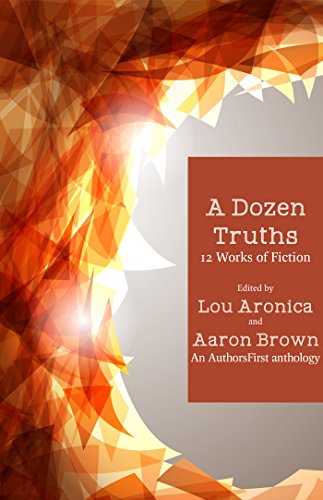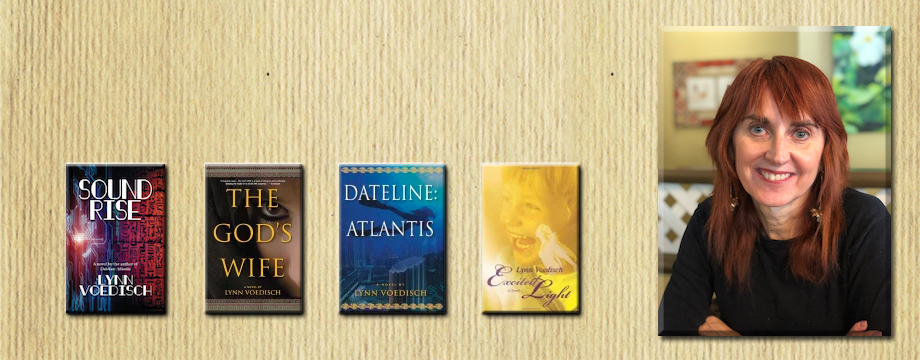I am asked constantly, “How does a writer get published?” Besides the obvious answer “Write well,” I often tell a tale of how the most determined writers get to their goal.
There are two important ways that writers can become published, and they seem almost diametrically opposed.
One way is to accrue a good-sized collection of short stories that the author has published in literary journals from around the country (and even abroad). The more published stories the author has, the better he or she looks to a literary agent or publisher looking at the material.
This is certainly the long road to getting published, because the rejection rate of literary magazines is phenomenal. In the old days, writers would wait anxiously for their Self-Addressed Stamped Envelope (SASE) to see if it contained an acceptance or rejection. I remember going to the mailbox and pulling out those poor, thin little SASEs—thin because they almost always contained a terse rejection, written on a small piece of paper. Reason: “does not fit our needs at this time.” Now. submissions are be email, and the magazines don’t answer at all.
Rarely, an agent or agency staffer would ask for a re-write or for some other examples of the author’s work. This usually left the writer crying tears of joy, for someone actually read their story well enough to make a comment about it. Once in a great while the work would be accepted, and then the envelope would be thick and full of contracts that the writer had to sign. I only got one of those and it was so long ago that I forgot what journal accepted the story.
The idea here is that if you had enough stories published by such well-known journals as The Kenyon Review, Granta, and The New Yorker (!), and agent will take the writer on to produce novels, that, they both hope will sell well.
The other road to getting published is less touted by the schools offers Master of Fine Arts degrees, but it often produces faster results. The writer toils on a novel straight from the beginning, mainly because he or she doesn’t have much interest in short stories. The novel is tossed around writers groups, home reading groups and is sent out to minor publishers, gaining comments along the way. Almost always the novel is not accepted at any publishing house, but it can be read and remembered by members of the publishers and editors at various writing establishments, who often share material between them selves.

The author can self-publish, which doesn’t guarantee much money or readership, but can land the book in the right hands. This is the route I took. I wrote a couple more manuscripts and sent them out to higher-level agents, hoping they’d take a chance on me. None of them did.
But then a miracle happened. One of the publishers who had read my self-published novel remembered it and liked the style. We worked on a science-fiction book together where I was the ghost writer and he came up with the plot. It was never published, but our relationship was tight. When he decided to start his own publishing company, he wrote me and asked for a manuscript to publish. While I was trying to figure out if this was a joke or not, I finally took him at his word and The God’s Wife, an novel about ancient Egypt, was published by Fiction Studio Publishing (now the Story Plant). My publisher is and was the wonderful Lou Aronica.
I’m not saying this happens every day. But novelists who stick to novels instead of goofing around with short stories they really don’t like, often have what it takes to push through to success.
And so, now, I’ve taken a fresh new look at short stories and what they can offer (usually a jumping off point for new novel, for me). My second short story will appear in A Dozen Truths: 12 Works of Fiction. This is the March 14, 2017, Kindle edition and can be pre-ordered at Amazon at this link; https://tinyurl.com/hu4d6wh. A paperback book is also in the works.
So, it can go both ways: short story writers can become novelists and novelists can start writing short stories, The important thing is to write what you love the most. Sincerity just can’t be faked.
